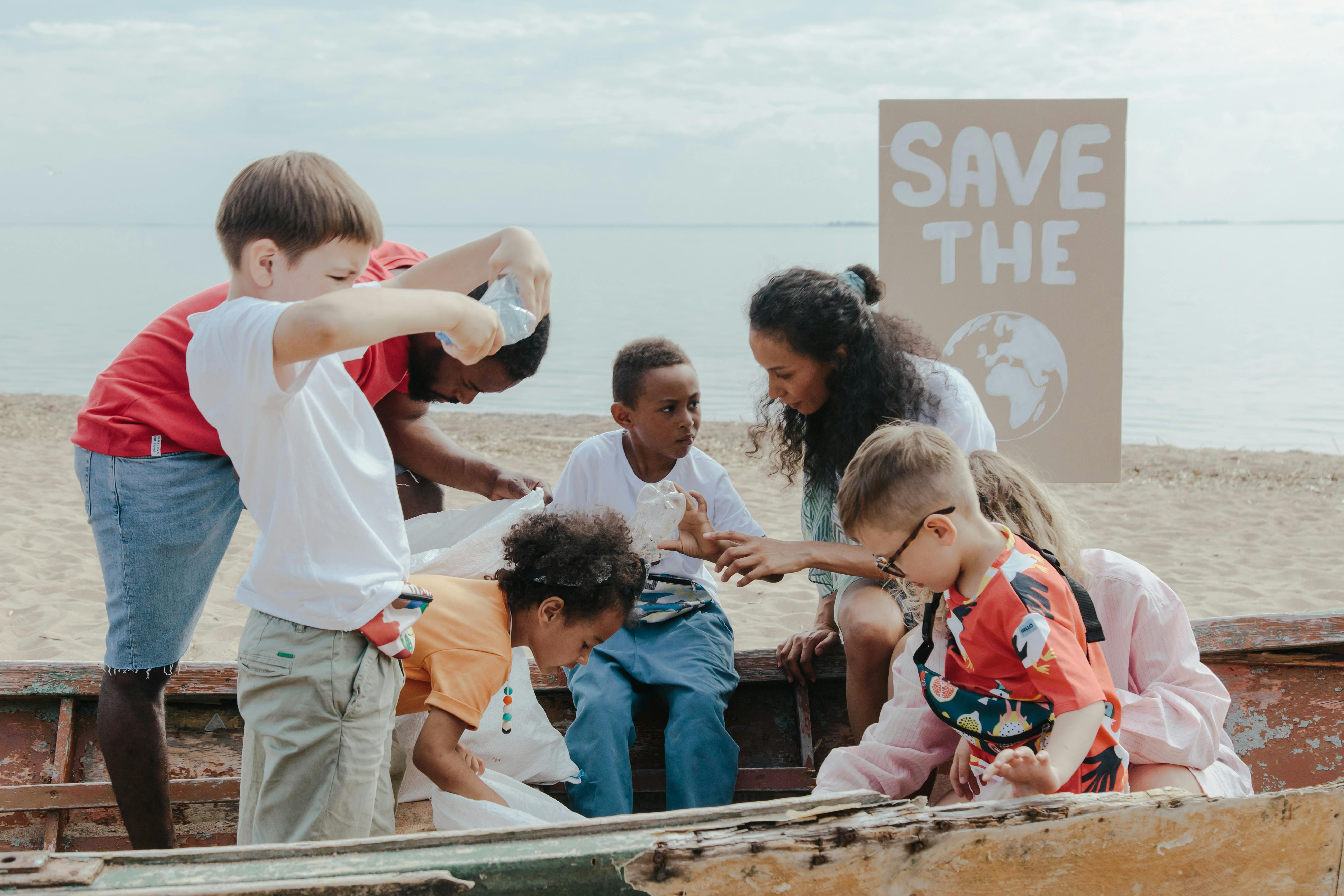9 Insightful Ways to Understand and Address Microplastics in Our World
Citizen Science: Engaging the Public in Research

Citizen science initiatives have emerged as valuable tools in understanding and addressing microplastic pollution. By involving the public in data collection and analysis, these programs increase awareness and provide valuable insights into the distribution and impact of microplastics. Projects such as beach clean-ups and water sampling engage communities and empower individuals to contribute to scientific research. This collaborative approach not only enhances our understanding of microplastic pollution but also fosters a sense of responsibility and stewardship for the environment among participants.
Education and Awareness: Building a Plastic-Literate Society

Education plays a pivotal role in combating microplastic pollution. By integrating information about microplastics into school curricula and public awareness campaigns, we can cultivate a plastic-literate society equipped to make informed decisions. Understanding the sources, impacts, and solutions to microplastic pollution empowers individuals to adopt sustainable practices and advocate for change. Educational initiatives should focus on fostering critical thinking and encouraging innovation, inspiring the next generation to develop creative solutions to environmental challenges.
